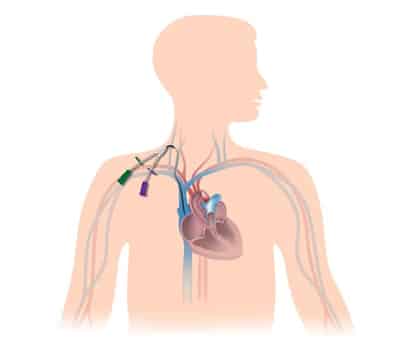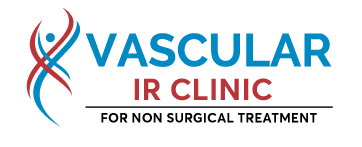Central Lines and Drainage - A Non-Vascular Procedure
Central lines & Drainage Procedures are a kind of Non-Vascular Procedure where a catheter is placed in a large vein that allows the administration of multiple IV fluids to the blood and also to is drawn. Used for numerous reasons, central lines might hold up to 5 lumens, pods in which fluid is infused, Enabling the drawing of blood or to take measurements. When needed, fluid resuscitation, translating to high quantities of intravenous fluids being administered, a central line is placed, allowing faster flow of fluid.

The central line will be inserted into the patient when lying flat. Most commonly into the internal jugular in the neck, subclavian vein near the clavicle & the femoral vein in the groin, covered with a sterile drape the patient is usually covered from head to toe. The drape, usually a sterile paper sheet having holes that enable access to the vein to curb the risk of infection.
- Why are Central venous catheters used for?
Central Lines and Drainage Procedures may be observed in the usage of
- To give medicines for the treatment of pain, infection, or other medical issues (e.g., cancer or heart problems)
- To provide fluids for nutrition.
- To help conduct certain medical tests.
